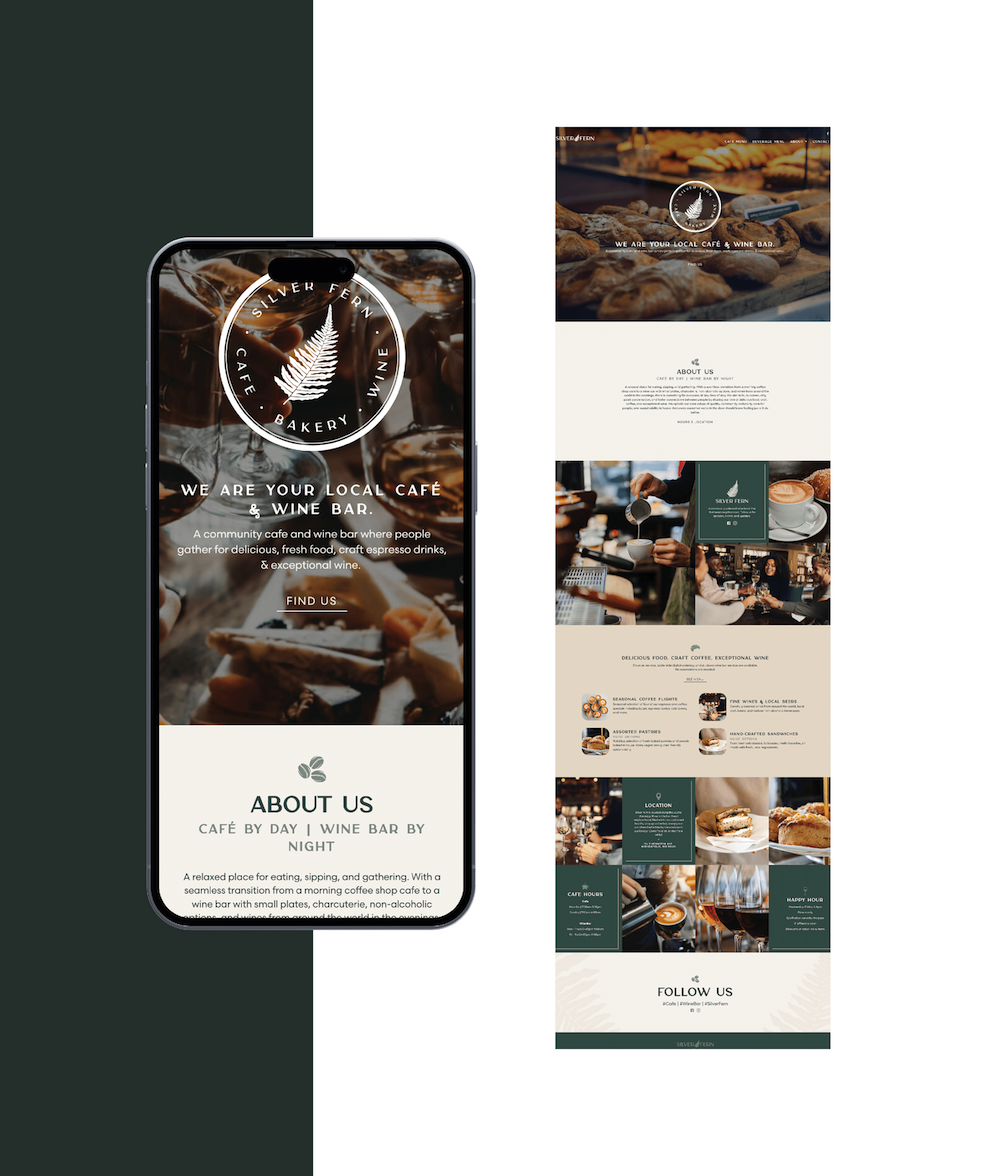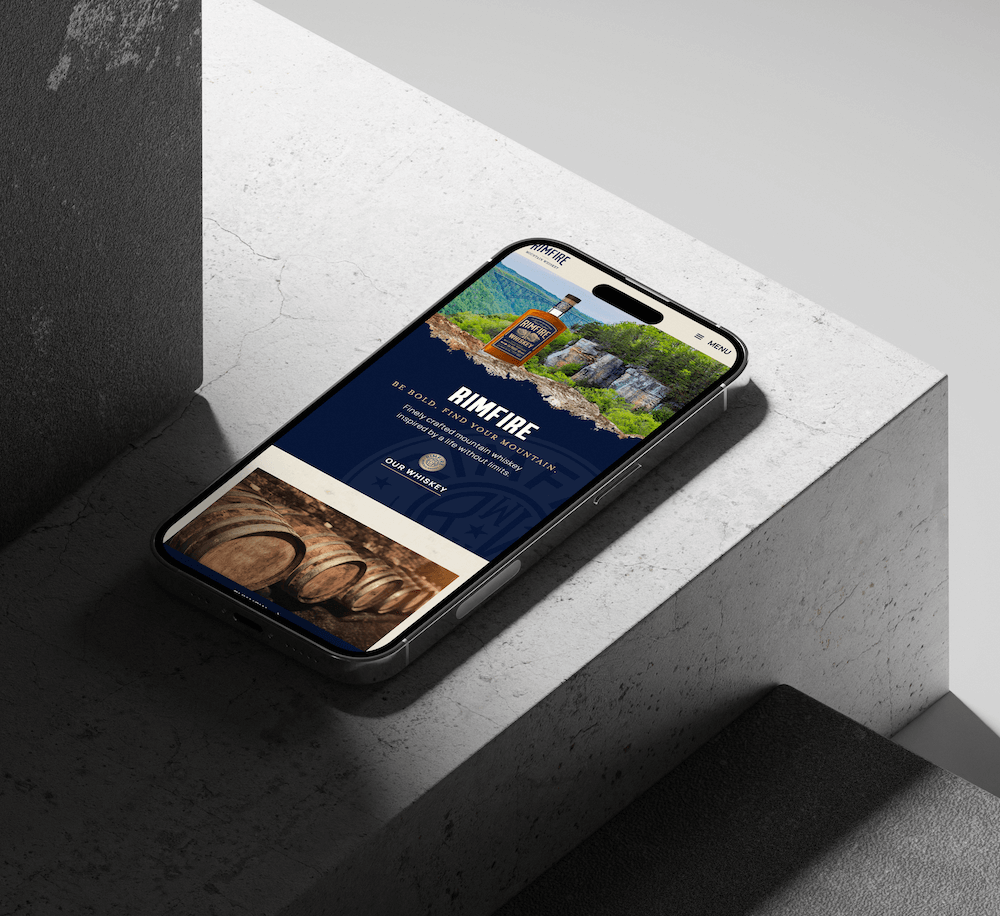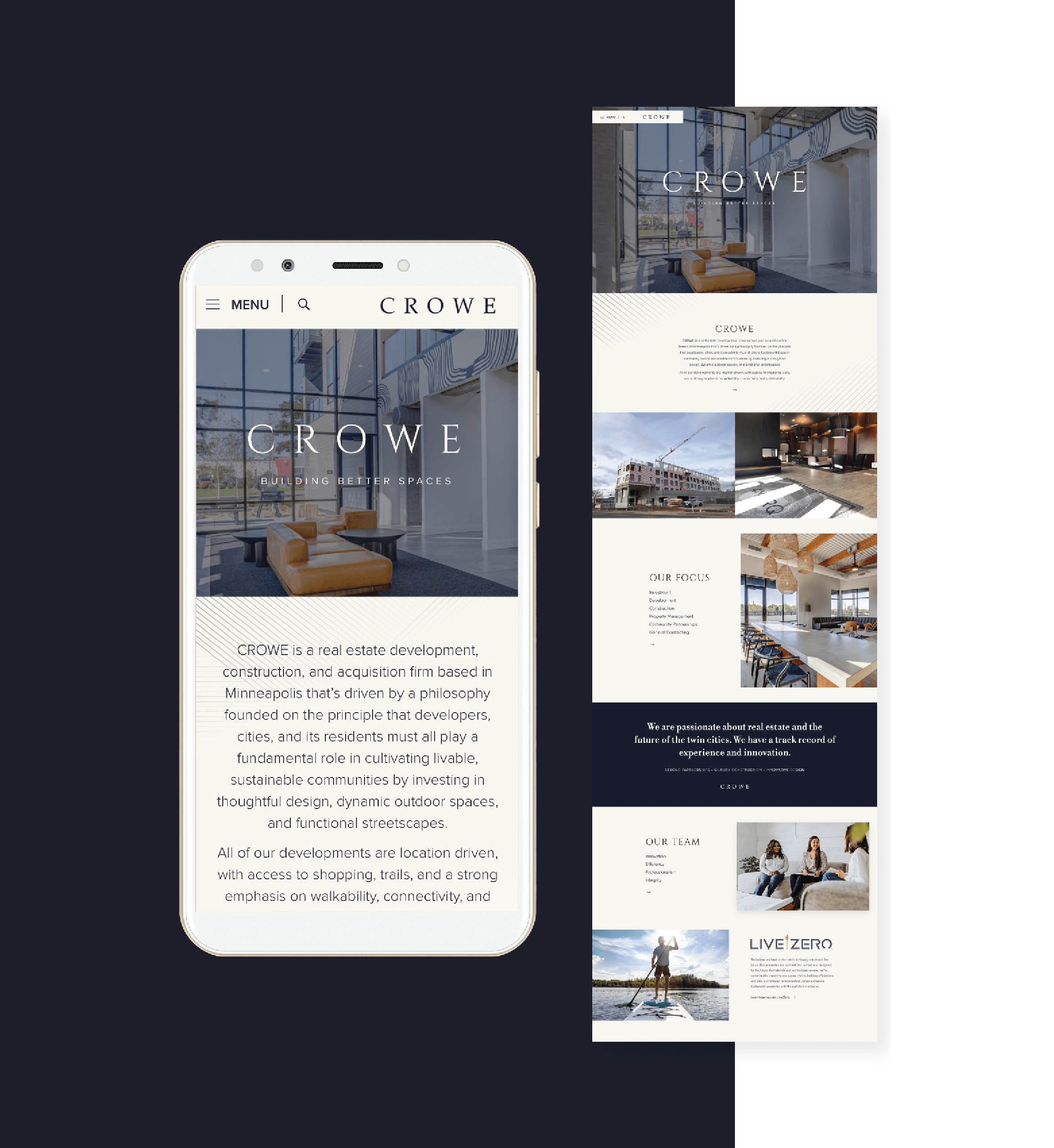Mobile devices have evolved into tools that shape how individuals consume information globally. With over 7.1 billion mobile device users worldwide, businesses must adapt their digital marketing strategies to effectively reach this vast audience.
Recent statistics show the pivotal role of mobile platforms, revealing that over 55 percent of all website traffic originates from mobile devices. This shift in user behavior emphasizes the need for businesses to prioritize mobile optimization in their marketing efforts.
Benefits of Mobile Optimization in Marketing
Improved User Experience (UX)
Enhancing user experience goes beyond aesthetics; it directly influences how audiences perceive and interact with your brand. Implementing a responsive design, for instance, ensures seamless navigation and readability across various devices. Picture a potential customer smoothly exploring your website on both a smartphone and a tablet, encountering no glitches or readability issues. This not only reduces bounce rates but also fosters a positive connection with your brand.
Search Engine Optimization (SEO) and Search Rankings
Google's mobile-first indexing has altered the SEO landscape, giving precedence to mobile-optimized websites in search rankings. Consider the impact on your visibility when your website is designed with mobile users in mind. The domino effect includes increased organic traffic, higher rankings, and subsequently, more opportunities for engagement.
Increased Conversion Rates
Mobile optimization goes beyond visibility; it's about converting visitors into customers. Streamlining the mobile experience with strategies like an efficient checkout process can significantly boost conversion rates. Take Amazon's one-click purchase feature as a prime example – a frictionless buying process that not only simplifies transactions but also substantially increases conversions.
Key Elements of Mobile Optimization
Responsive Design
Crafting a website with a responsive design ensures adaptability to diverse screen sizes, providing a consistent and user-friendly experience. Imagine a potential client accessing your site from their smartphone during a commute or from their tablet at home – a responsive design guarantees a seamless encounter, reinforcing your brand's reliability.
Page Speed and Performance
Optimizing page speed for mobile devices is critical in retaining user engagement. Tools like Google Search Console and Google PageSpeed Insights offer valuable insights to enhance performance. Imagine a potential customer encountering swift-loading pages on their mobile device, delivering information promptly without frustrating loading delays. This not only satisfies users but also contributes positively to your site's search engine ranking.
Mobile-Friendly Content
Crafting content specifically for mobile users involves more than concise messaging; it's about adapting to their on-the-go lifestyle. Consider visually appealing formats and concise messaging that resonates with shorter attention spans. Picture a potential customer effortlessly absorbing your message while scrolling through their mobile device – content designed for mobile ensures your message isn't lost in the digital noise.
Mobile Optimization Strategies
Designing for Various Screen Sizes and Devices
Understanding how to cater content to different screen sizes and devices is paramount for successful mobile optimization. Imagine a seamless transition from a desktop display to a smartphone screen, with content adjusting effortlessly to varying screen dimensions. Using flexible layouts and scalable images ensures an improved experience across devices, eliminating visual inconsistencies.
Mobile SEO Tactics
Implementing local SEO strategies ensures visibility to users searching for local businesses on mobile devices. Imagine potential customers searching for products or services in their vicinity and stumbling upon your business due to optimized local SEO efforts. This localized approach creates a direct connection between your brand and local customers, enhancing engagement and conversions.
Testing and Iteration
Continuous testing and refinement are essential for optimal results. Utilizing A/B testing allows you to fine-tune mobile strategies across various elements like marketing emails, landing pages, websites, funnels, and ads. Picture a scenario where A/B testing identifies the most effective strategy, leading to increased user engagement and conversions. This approach ensures your mobile optimization strategies are always evolving for maximum impact.
Future Trends in Mobile Optimization
As technology advances, mobile marketing will embrace new channels for engagement. Imagine a future where voice search, augmented reality (AR), and virtual reality (VR) redefine how businesses interact with their mobile audience. Staying ahead in mobile optimization means positioning your brand to leverage these emerging technologies, ensuring sustained success in an ever-evolving digital landscape.
In conclusion, mobile optimization is not merely a luxury; it's a necessity for businesses aiming to thrive in today's competitive landscape. Prioritizing mobile optimization establishes stronger connections with your audience, drives engagement, conversions, and overall success. As mobile device usage continues to soar, businesses must recognize the imperative nature of mobile optimization to remain at the forefront of their industry.



